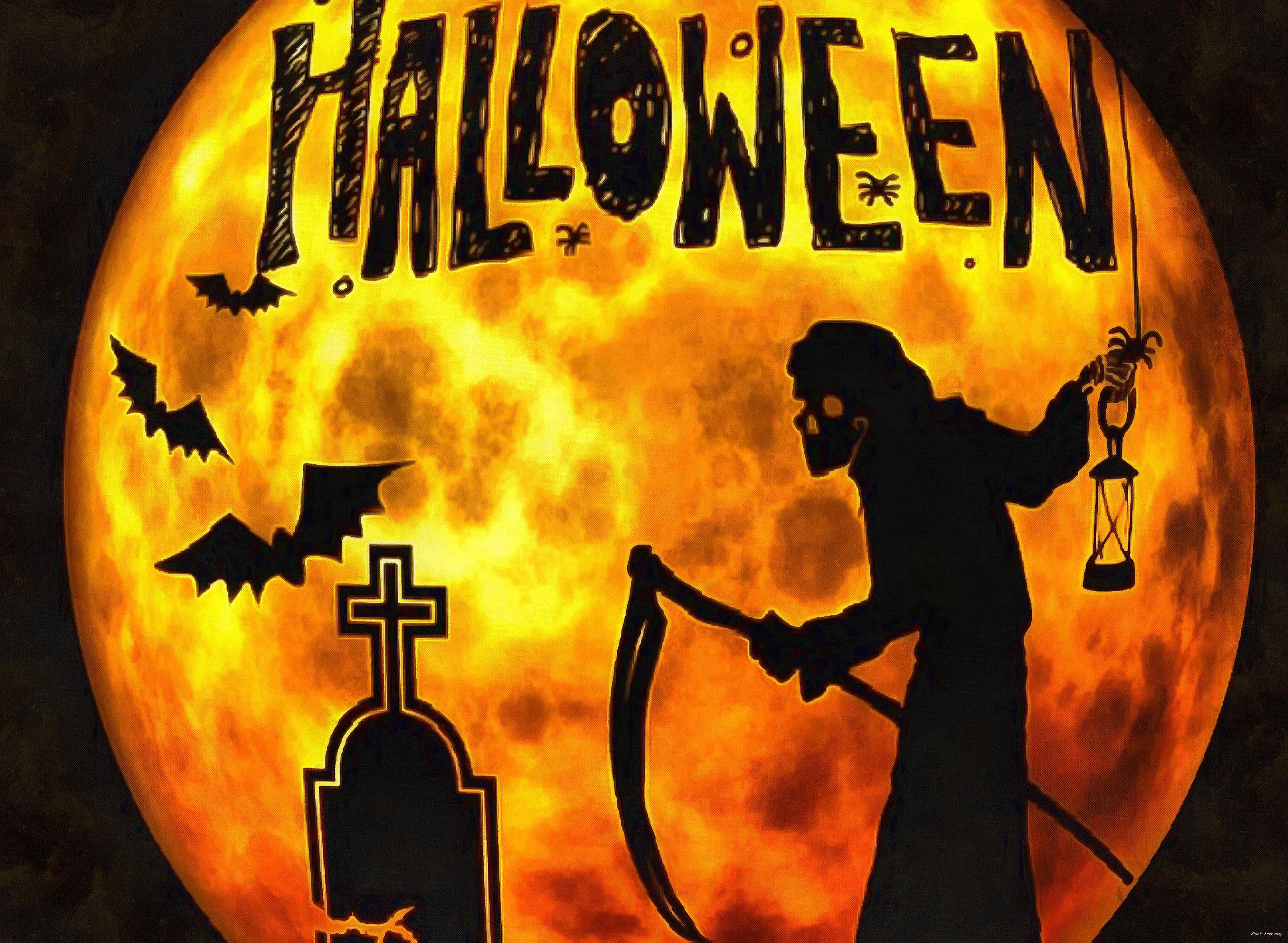 |
Plymouth, Massachusetts, is thought to be the site of America’s first Thanksgiving meal.
Plymouth, where the Mayflower Pilgrims landed and founded the first colony in 1620 also became the first town to hold “Pope Night,” (Nov.5) three years later. It was far from a celebration of the Bishop of Rome, it was to mock the Pope and Catholics.
Pope Night was a vehicle for expressing anti-Catholic sentiment even more than Guy Fawkes Day, which was its inspiration. Guy Fawkes Day was commemorated every 5th of November in England, recalling the supposed failed attempt of Catholic plotters, including Guy Fawkes, to blow up the House of Lords in London.
By the 1770s, just before the American Revolution, Pope Night had taken on so many traditions that it was difficult for participants, especially in Boston, to give it up. Eventually, this tradition changed into a more benign celebration on Oct. 31st that we now know as Halloween.
“Plymouth, Mass., celebrated the first recorded Pope Night in 1623 when sailors lit a bonfire,” says an article on the website of the New England Historical Society. “The fire blazed out of control and burned down several nearby homes. That was so much fun the other seacoast towns took up the celebration. Pope Night spread to Marblehead, Newburyport and Salem in Massachusetts, Portsmouth in New Hampshire and New London in Connecticut. The festivities generally featured fires, drinking and mockery of Catholics and authorities.”
In general, the celebration’s essential elements were parades of floats carrying effigies of the pope, which were burned, followed by a lot of partying. In Boston, there were not one but two parades — one beginning in the city’s North End, the other in the South. When the two groups met, the competition became violent, with gangs from each part of the city engaging in fistfights and swinging bats at each other. Some of these encounters actually got so bad that they left fatalities.
“The winning side would take the cart, the money and the effigies of the loser, then burn the effigies in a bonfire and spend the money on a feast,” the historical society said, noting that Boston had only a “handful” of constables, so the brawling was virtually unstoppable.
Interestingly, it was political considerations that led to a toning-down of the “celebrations,” by George Washington himself. Washington knew the efforts to break free of Great Britain, the American Colonies needed support from Catholic country allies and internally Catholics uniting with Protestants. Although the Catholic population was small, internal unity must be a priority.
How could the Revolution’s leaders expect to gain support from Catholic France and Catholic French-Canadian neighbors, as well as Catholic Spain. Spain is often forgotten by its alliance with France and joined the conflict with Britain; all these Catholic countries played a role in the independence of the United States. Spain declared war on Britain as an ally of France, and itself an ally of the American colonies. Spain secured the southern route for supplies and closed off the possibility of any British offensive through the Mississippi River.
Also to get Catholics in Maryland on board after they had lost control of their colony in 1689. Catholicism was outlawed in the colony they founded and Roman Catholics forbidden from holding public office. Religious toleration would not be restored in Maryland until after the American Revolution.
Washington logically thought how could the cause succeed, when some colonial residents were allowed to carry on this anti-Catholic demonstration year after year?
In 1775, while headquartered in Cambridge, Mass., Continental Army Commander in Chief George Washington “put a stop to Pope Night,” the historical society said. “He called it ‘that ridiculous and childish custom of burning the Effigy of the pope.’ He called it improper ‘at a time when we are soliciting, and have really obtained the friendship and alliance of the people of Canada.’” After a couple of years, “even the revelers realized it would have been unseemly to mock the religion of the king who sent the money, men and arms that won the American Revolution,” and Pope Night died out.
But vestiges remained, particularly the bonfires, and dressing as ghosts making fun of Catholic belief in Purgatory and the custom of boys going door to door asking for goodies. “The tradition evolved into ‘Pork Night,’ the society wrote. The practice was “moved up a few days” from November 5th to October 31st, and became what we now know as Halloween.
No comments:
Post a Comment